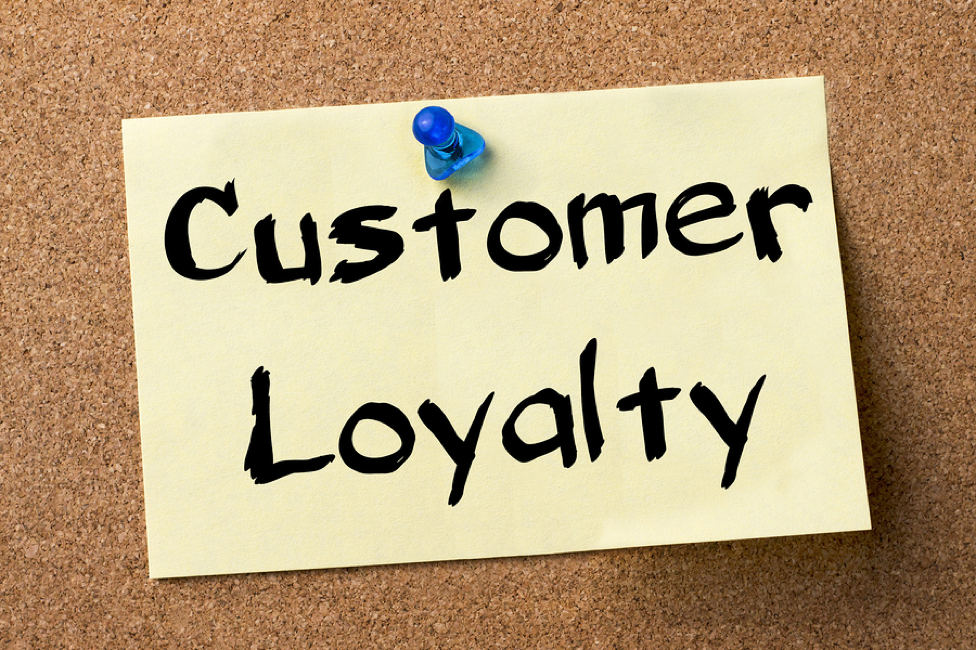5 reasons why building trust is vital for e-commerce conversions
When purchases are made face-to-face, we can easily make decisions about trust. The retailer has a store, and we can interact with a product (see it, touch it, looking at detail) before we make a decision to buy. And, if we have an issue after the purchase, we know where to find that retailer.
When we make purchases online, however, we have a tougher time. Trust becomes a huge factor, and we are not prone to buy from a company we do not know or that has not been recommended to us by a trusted other. Heck, we may not even feel comfortable giving them an email address. We may visit the site and be part of traffic numbers. If we never convert, however, that’s all we are.
If, as an online business, you want conversions, you need to stop thinking in terms of traffic and focus on trust.
Because trust will do 5 things that will ultimately grow your profits.

1. Trust Will Spread Your Brand
If customers have had a good experience with you, they are likely to share your brand and your content. That good experience may be any of the following:
- They visited your site, it loaded fast and was visually appealing with seamless navigation – you “look” legitimate
- They have visited your site, found some trust certificates and contact information, and made a purchase or downloaded something that was of value.
- They have found your blog posts valuable and are willing to share that content with their communities because of its potential value to them.
- They have had an after-the-sale customer service experience that ended positively.
When these things have occurred, consumers are willing to share you – it makes them look good and knowledgeable to their friends. So, as customers develop trust in you and share experiences with others, your brand is spread and you get the right kind of traffic – not just “window shoppers.”
The problem is this: Only a tiny part of your visitors that converted will actually share their experiences, even though they are very satisfied. Often, in fact, only bad experiences are proactively shared. This means you have some more work to do.
How to Capitalize on the “Good” and Neutralize the “Bad”
When customers are satisfied, give them an incentive to share their experiences:
- Provide a content upgrade in exchange for their sharing on their social media platforms.
- Offer discounts & coupon codes on a future purchase in exchange for a “shout out” on their social media pages.
When customers have posted negative experiences, you need to know immediately.
- Get a good social media mention monitoring tool, so that you can access any comment made.
- When a negative comment/review is posted, contact that individual and make it right. And do it publicly, right on their page. One negative comment, not addressed, negates many positive comments. Do not let it slide.
Sometimes, we are so focused on before-the-conversion activity and getting that conversion that we neglect the after-the-sale follow-up. A lot of business, and sometimes a reputation, is lost without this key element.
2. Millennial Behavior is Built Upon Trust
Millennials, and the ascending Generation “Y,” will not do business with any company that they do not know and trust, and that means even the surrender of an email address. Millennial buying power is at about $200 billion and about $5 billion of that is in online purchases. You can get in on that if they trust you.
Millennial trust is not developed so much from their initial experience with you as it is from listening to their peers. And they listen to social media. They ask their peers for recommendations when they consider purchases, and those recommendations are more important than any advertising you can do.
Your job is to develop trusting relationships by engaging and conversing with your target audience. Refine your communication skills to match your target audience; be certain that your reputation on social media is pristine.
3. Hits Don’t Equal Conversion
You may be trying to justify your content marketing efforts by using the analytics of numbers of hits. And, in some respects, this can increase conversions. The more traffic, the more chance there is. However, if you are only focusing on hits, you are missing out on conversions that you could get. Focus more on what happens once someone lands, not getting them there. Provide valuable gated content upgrades of all types, so that you can get that email address.
4. Trust = Gathering More Personal Information
People will not give their addresses and phone information to strangers; they also are not thrilled about giving gender or age brackets. Never ask for any of these things as a part of a conversion even when you are sure you write really good promotional articles and message texts or you think your recipient knows you well. In fact, you might prompt them to log in using their Facebook account – that activity will seem harmless to them.
Get the minimum – name and email address. This starts the conversation. Once a visitor is engaged with you and feeling more comfortable, you will find it easier to ask for more information and actually get it.

5. Trust = Engagement/Responses/Loyalty
If you are not growing your email list, or if you are not getting the “opens” and responses that you want, it may be a matter of trust. Are email recipients looking at you as a spammer rather than a giver of value? If you are not sure where you are going wrong, you may want to consult with a conversion expert and determine what new tactics you can use. The problem may be as simple as changing the subject line of the emails themselves. There must be a compelling reason for someone to open your email. When people trust you, they will open emails and respond to your content, questions, surveys, offers, etc., but only if the subject line hints at a real value or benefit.
If any customer has had a good experience with you, s/he will remain loyal to your brand. Loyalty means that you will have the customer over the long-term and that you will get the referrals, recommendations, and reviews that you need to keep bringing in new customers. Sometimes, you will have to ask for these things – do not be shy about doing so. If the relationship is there, they will usually respond positively.
CRO is concerned with these three things:
- Increasing motivation on the part of a visitor to convert in some way
- Reducing the anxiety a visitor/target may feel about doing business with you
- Reducing friction in the entire sales funnel process
The trust will take care of at least the first two. The third is up to marketers and their use of effective software to make the visitor experience and conversion seamless. Using tools to conduct A/B and multivariate testing are critical in ensuring that the total user experience is engaging and positive.
